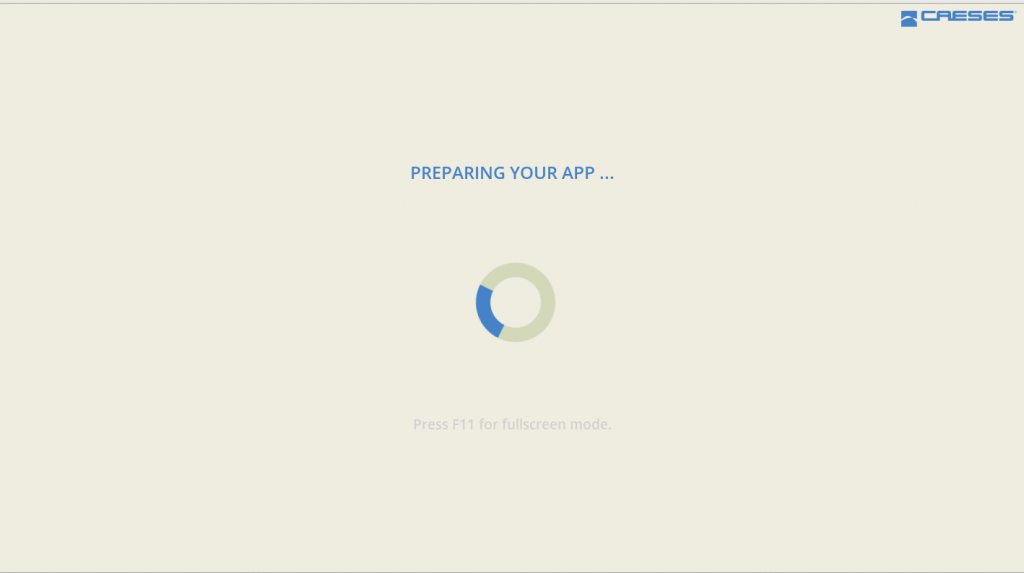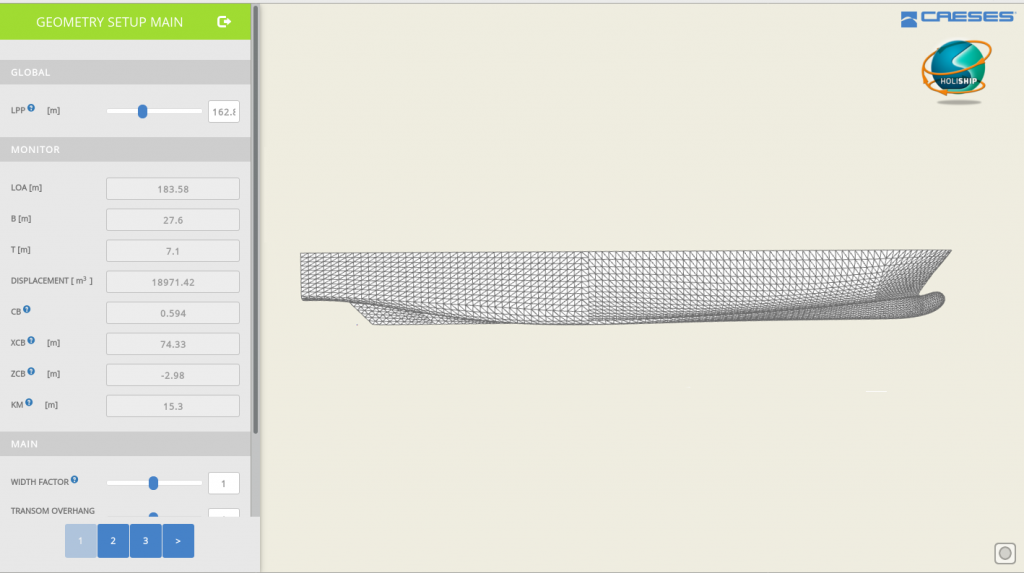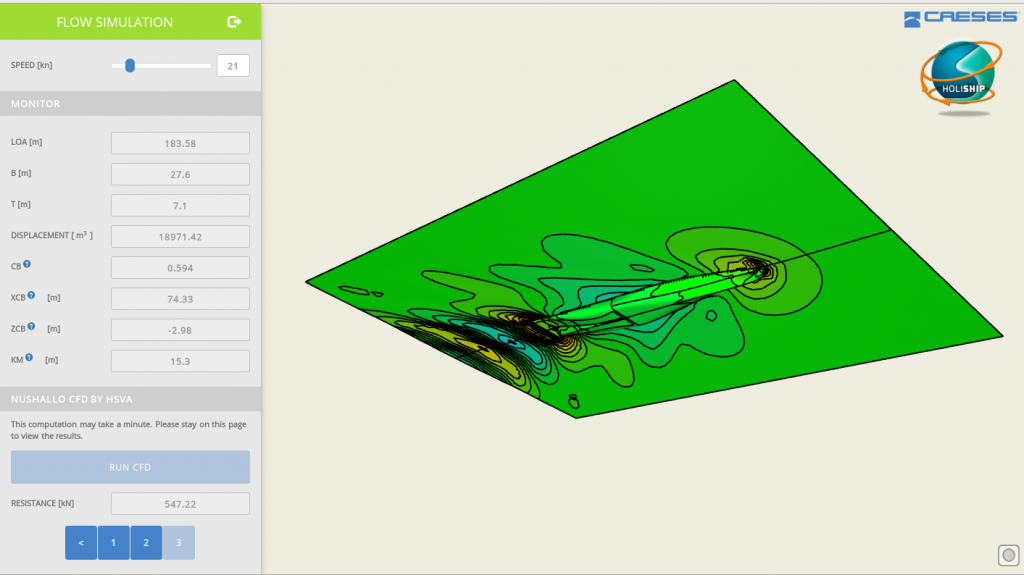Waterborne vessels are expensive to design, build, operate, and maintain. In particular, cargo ships are usually designed for very small production numbers- sometimes as one-off designs.
One of the goals for the HOLISHIP project is to reduce costs for development and analysis of robust and efficient ship designs. Software as a Services (SaaS) is a trending business model that shows great potential for reducing costs.
Software as a Service – SaaS
With SaaS, customers pay to use software via the web as a service on demand, typically through a subscription or pay-per-use, rather than outright purchase. In the traditional business models, software is licensed by a number of users, or by levels of features. The SaaS model allows developers and vendors to keep control of the hosting and operation of the software. Customers do not have to worry about hardware or software compatibility to run an application.
This greatly reduces a major overhead in large and small business environments, alike. The software is always up-to-date. Any improvements made to the software are applied to the next time the web application is launched, immediately available to everyone using the software.
HOLISHIP Platform: Web App using CAESES© and ν-Shallo
The first stage of the HOLISHIP project provides some initial sampling of the recent developments in SaaS for maritime design and analyses. In this first demonstrator, the CAD software CAESES© uses several parameters to design a RoPAX ferry; the panel code ν-Shallo from HSVA computes the resistance.
Building on an initial prototype for a RoPAX ferry, the user may modify the geometry using several design parameters. Once a desired hull form is reached, CAESES© computes the resistance by way of ν-Shallo.
Demonstrator Limits
This initial demonstrator is limited to a pre-defined geometry and a reduced set of design options. As the platform grows and evolves, user-defined geometries, as well as sophisticated import and export functions will provide a nearly unlimited toolkit for ship design and analysis.
This is the first of many demonstrators within the HOLISHIP project. For now, the focus is on demonstrating the accessibility of a web-based design and analysis application. Future, commercially viable applications will include security measures for individual accounts. The issues of internet reliance, security and speed are very important to all parties involved. These will be included in any official web application releases.


